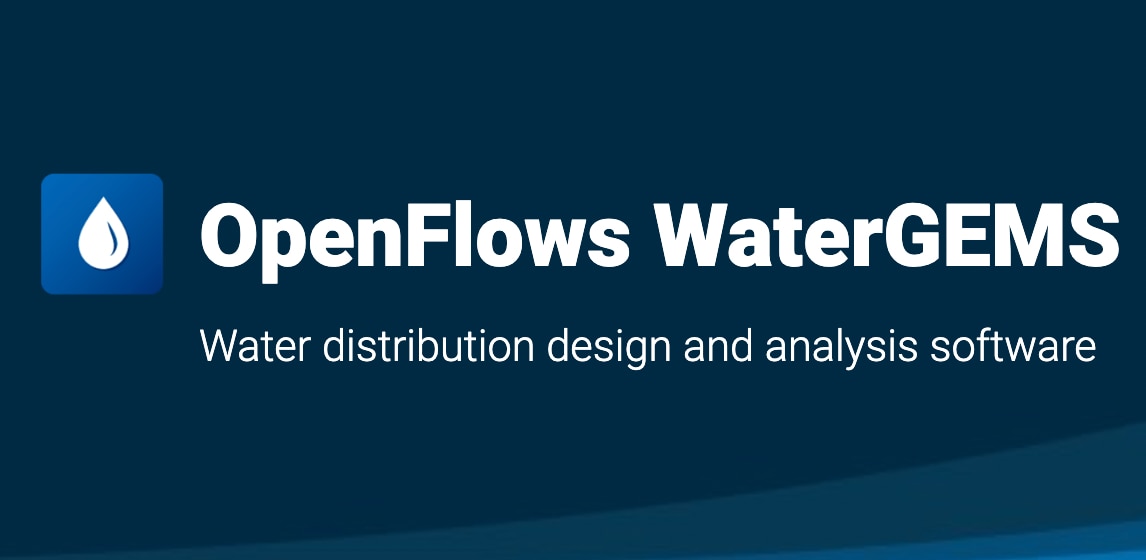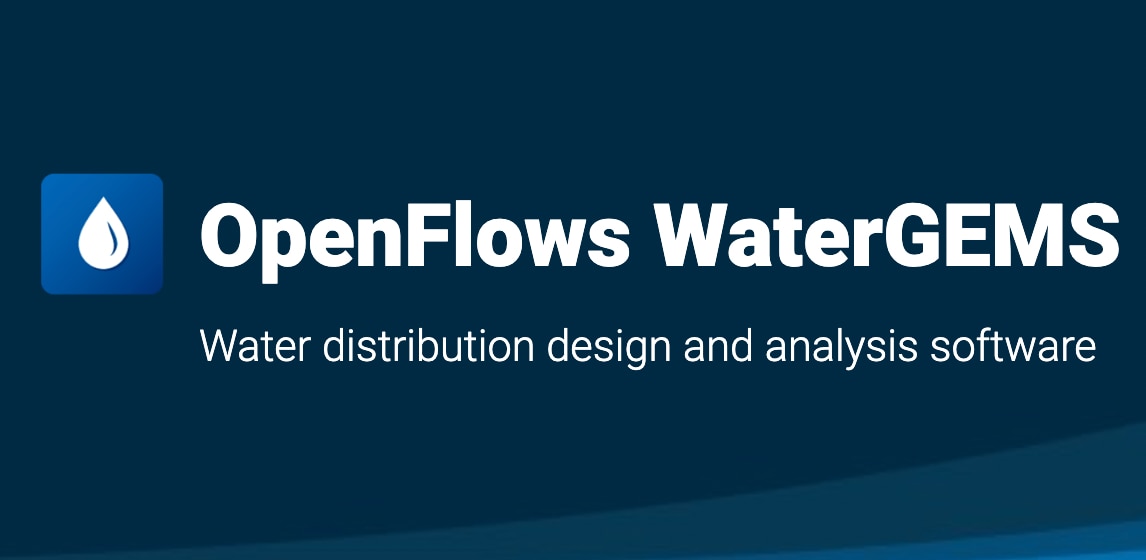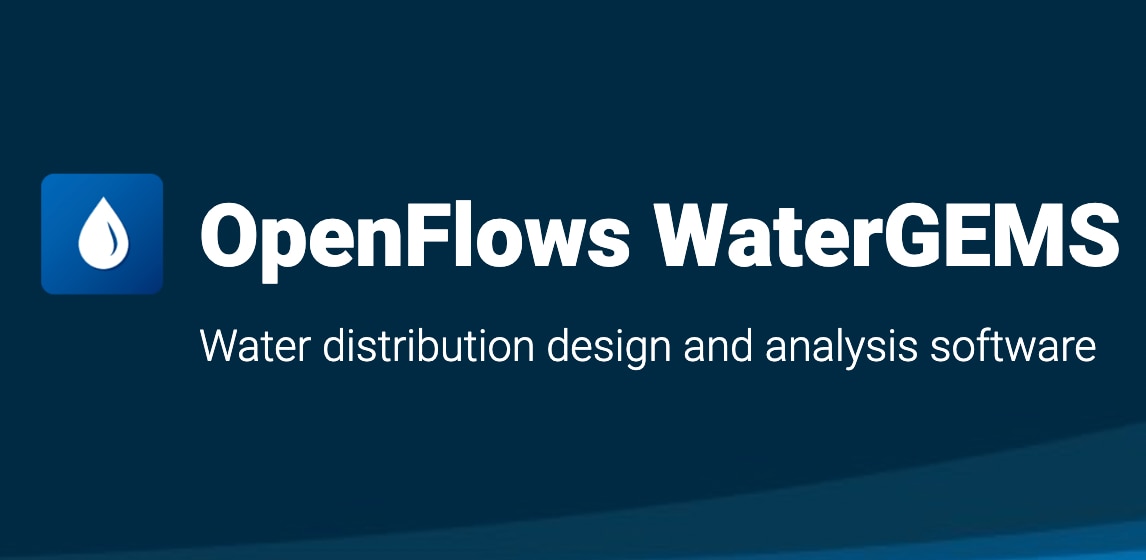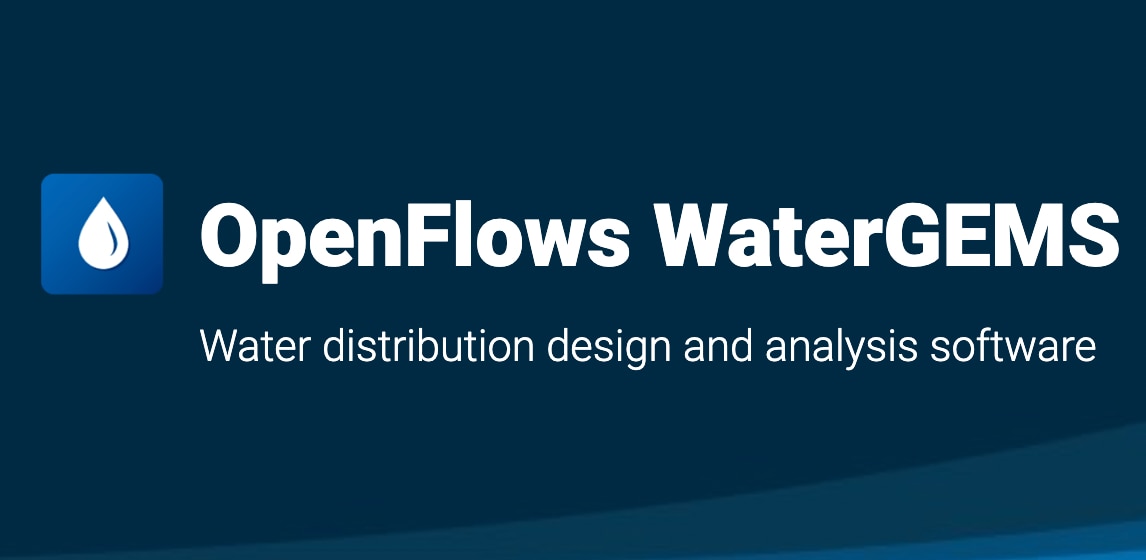Description
Product details
Plaxis 3D is a geotechnical engineering software developed by Bentley Systems that is used for the analysis and simulation of complex 3D geotechnical problems. It's widely used by engineers and geotechnical professionals to model and analyze various soil and rock behavior scenarios. Here are some of the key features of Plaxis 3D: #Geotechnical Analysis: Plaxis 3D allows for the comprehensive analysis of geotechnical problems involving soil-structure interaction, consolidation, stress and deformation, groundwater flow, and more. #3D Modeling: The software specializes in three-dimensional modeling, enabling users to accurately simulate complex geometries, soil layers, structures, and construction sequences. #Material Models: Plaxis 3D offers a variety of material models to simulate the behavior of soils, rocks, and other geotechnical materials under different loading conditions. #Boundary Conditions: Users can define various boundary conditions including fixed, prescribed displacement, or staged construction sequences to simulate real-world scenarios accurately. #Finite Element Analysis: The software uses the finite element method to discretize and analyze complex geotechnical problems, allowing for accurate representation of soil behavior. #Soil-Structure Interaction: Plaxis 3D facilitates the modeling of interactions between soil and structures, including retaining walls, foundations, tunnels, and excavations. #Excavation and Construction Sequences: Engineers can simulate construction and excavation processes, studying the behavior of soil and structures during each stage of the project. #Dynamic Analysis: The software can perform dynamic analyses to study the effects of seismic loads, vibrations, and other dynamic forces on soil-structure systems. #Groundwater Flow: Plaxis 3D can model groundwater flow and its impact on soil behavior, helping to assess factors such as pore pressure buildup and drainage conditions. #Meshing: The software provides advanced meshing capabilities to create a finite element mesh that accurately represents the geometry and material interfaces of the problem. #Visualization: Plaxis 3D offers visualization tools to help users understand the behavior of the geotechnical system, including deformation, stress distribution, and groundwater flow paths. #Geosynthetic and Reinforcement Modeling: Users can model the behavior of geosynthetic materials, reinforcements, and geogrids to study their impact on soil stability and behavior. #Parametric Studies: Engineers can perform parametric studies by varying input parameters to analyze how changes in material properties, geometries, or loading conditions affect the system's response. #Results and Output: The software provides comprehensive output and reporting capabilities, including graphs, contour plots, and tables that help in interpreting and communicating analysis results. #Import and Export: Plaxis 3D supports data exchange with other software applications, enabling users to import geometries from CAD programs and export results to further analysis tools. #Tunneling and Deep Excavations: The software is particularly well-suited






